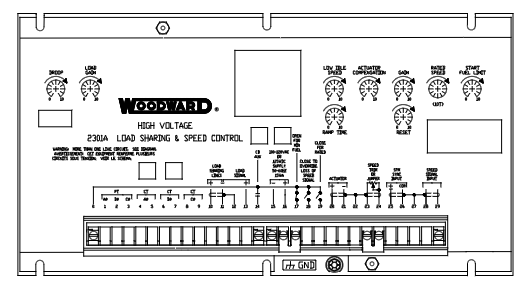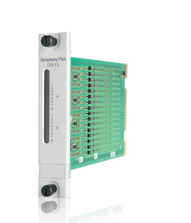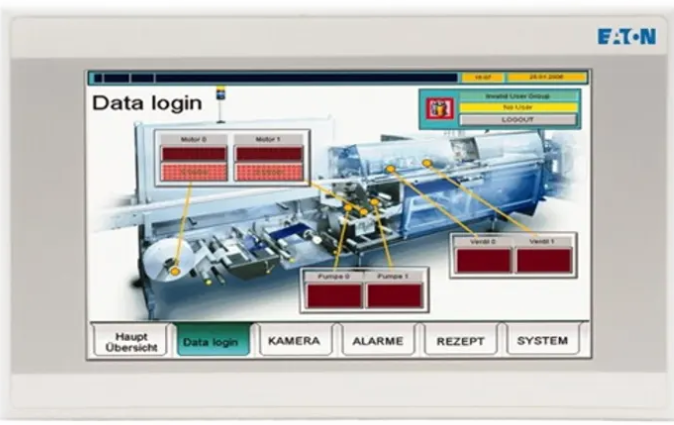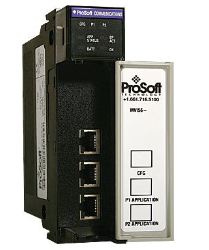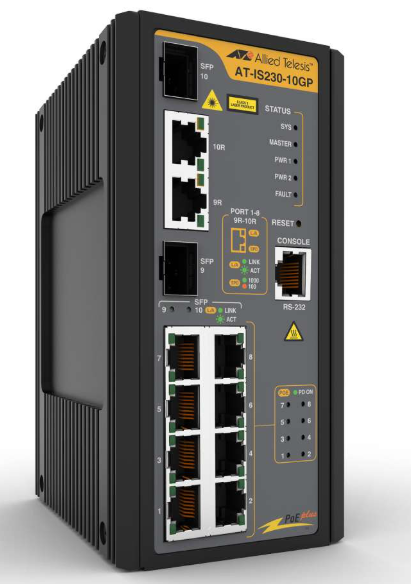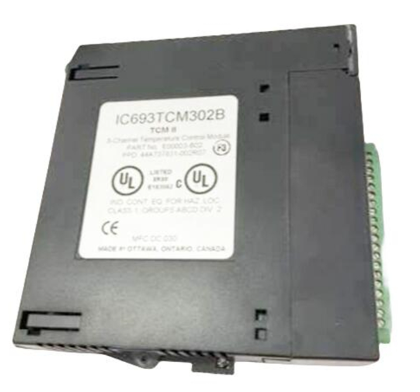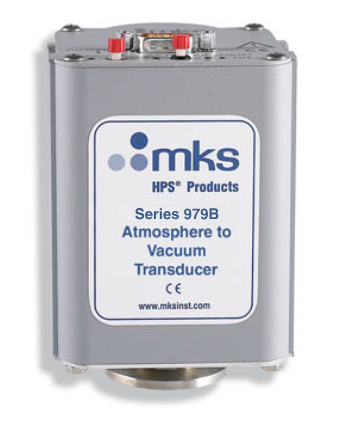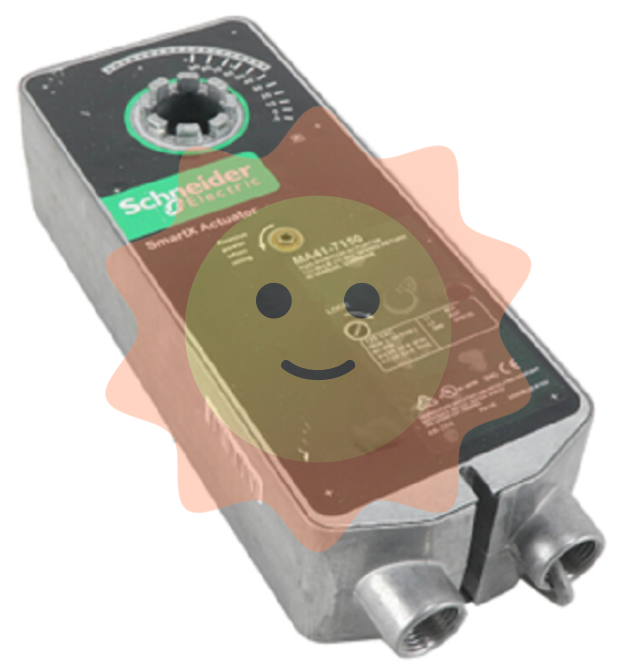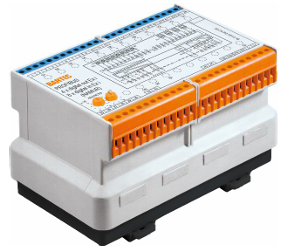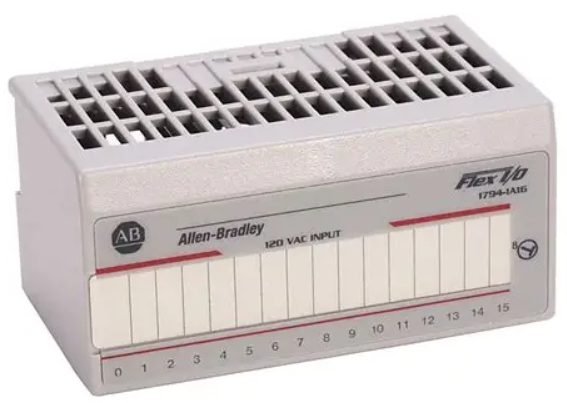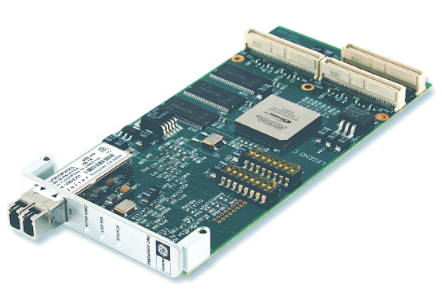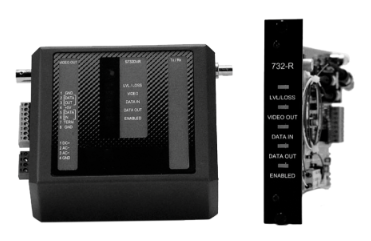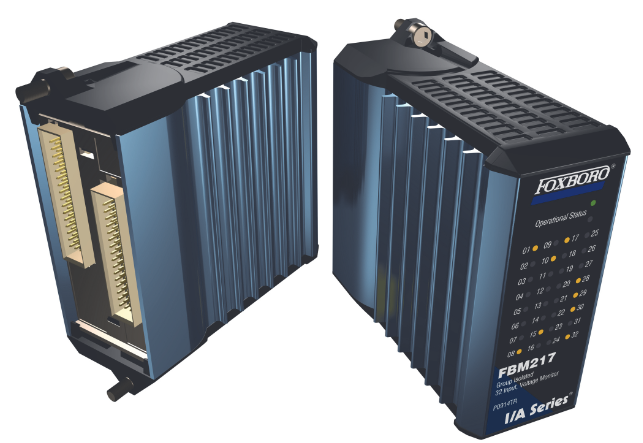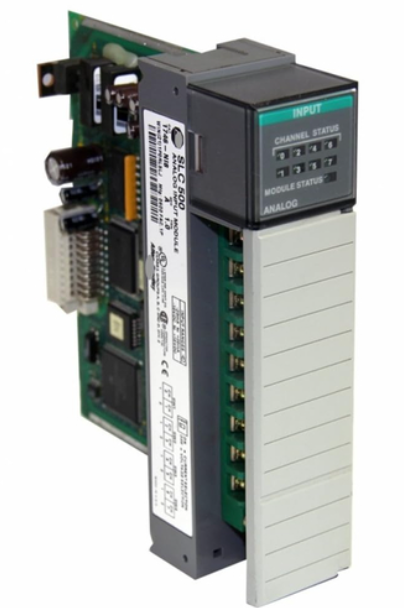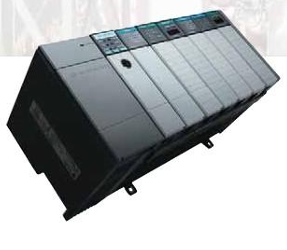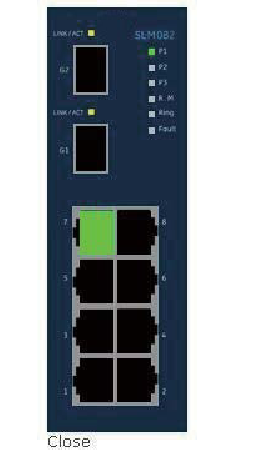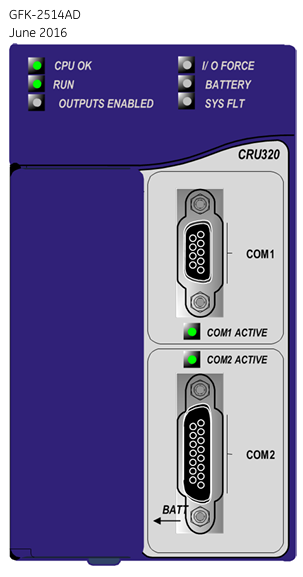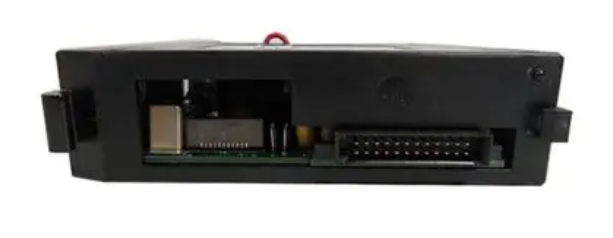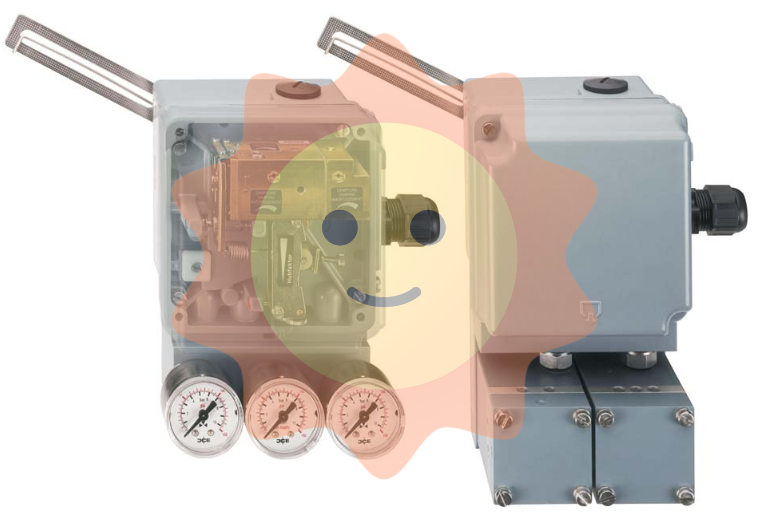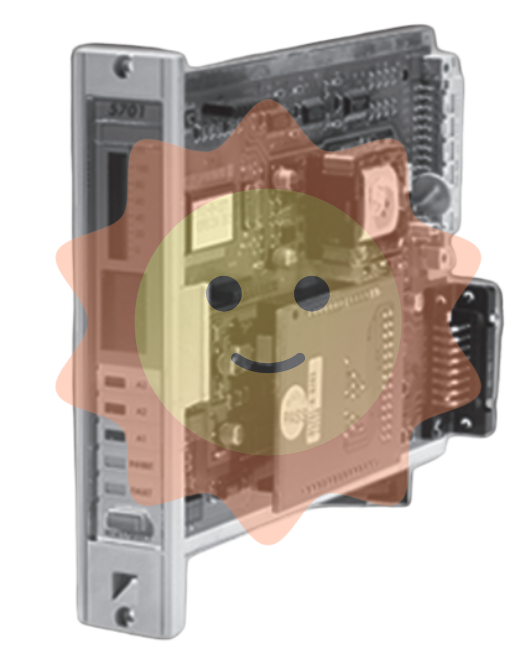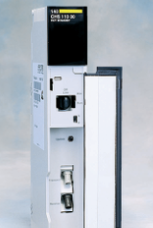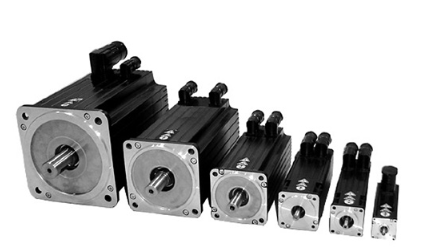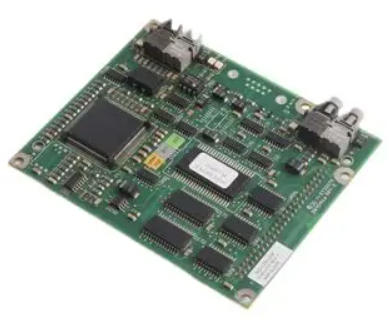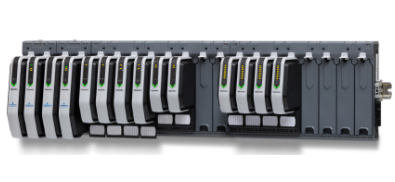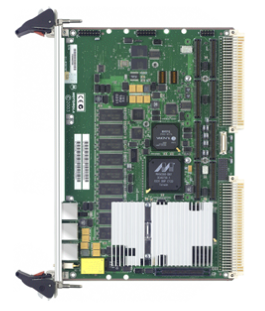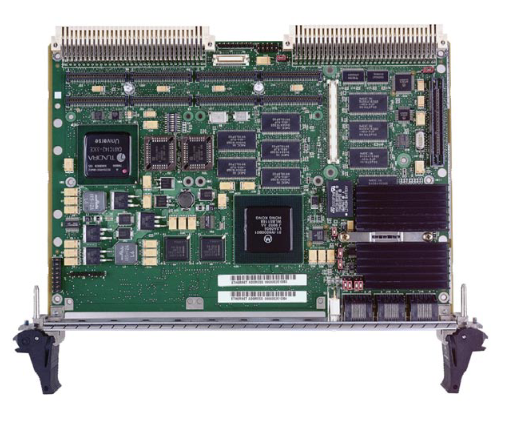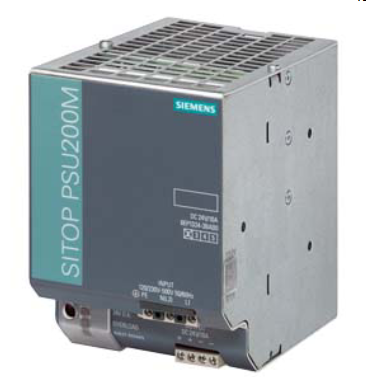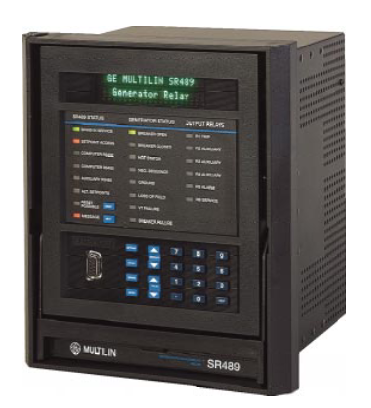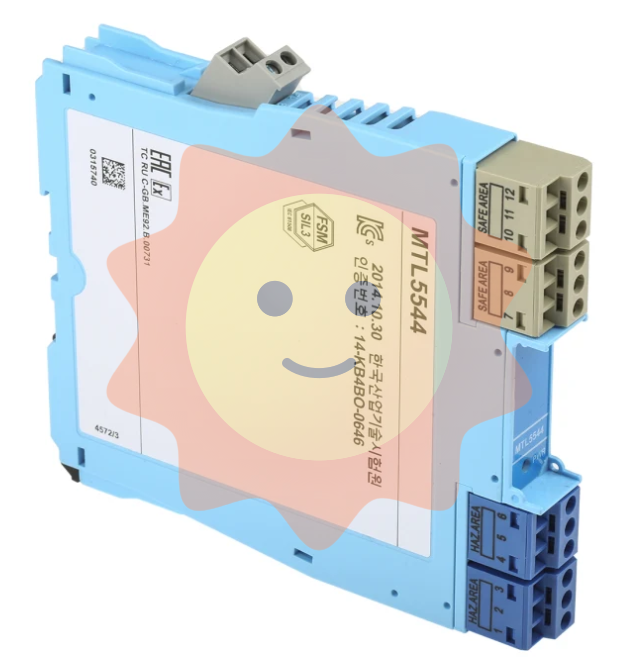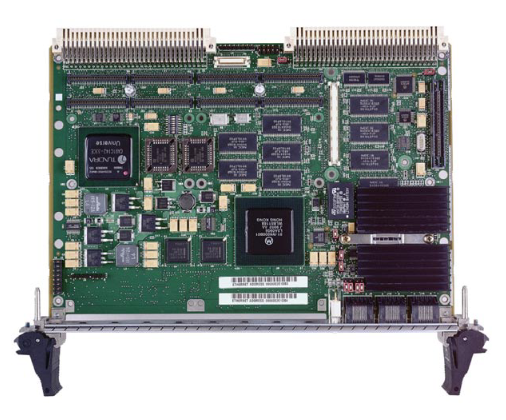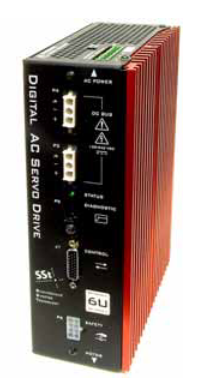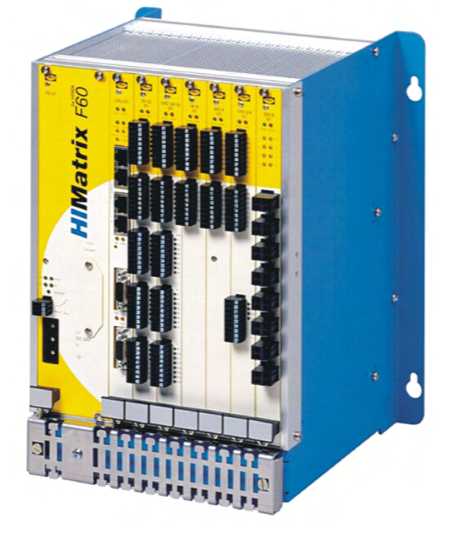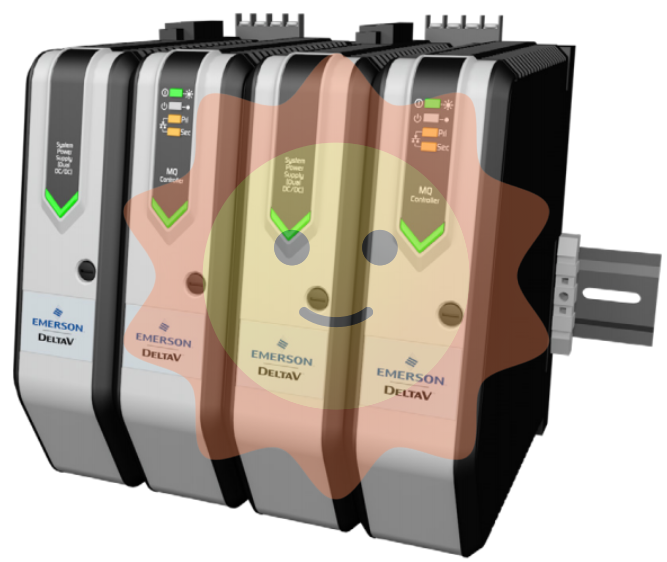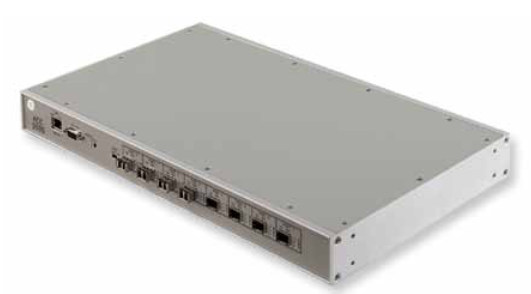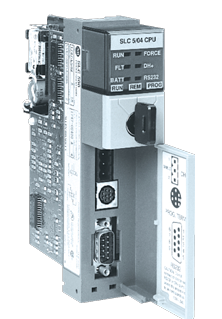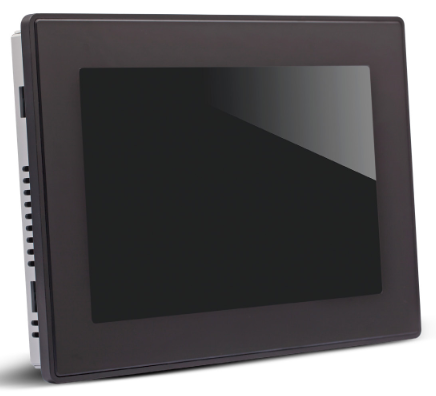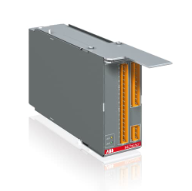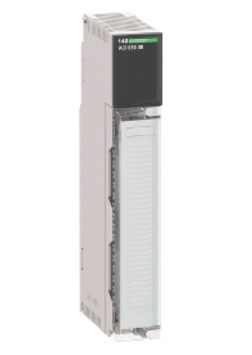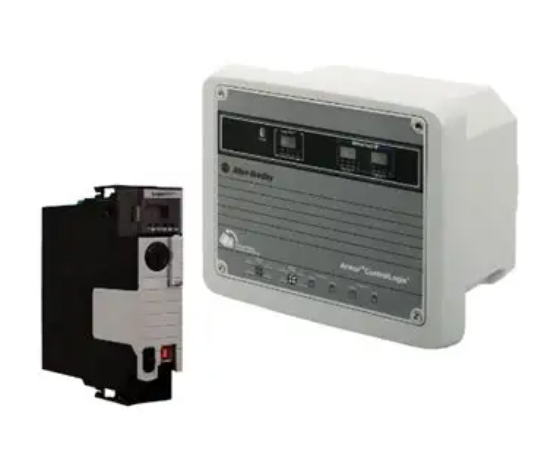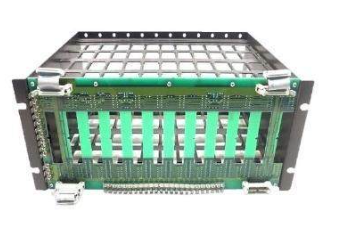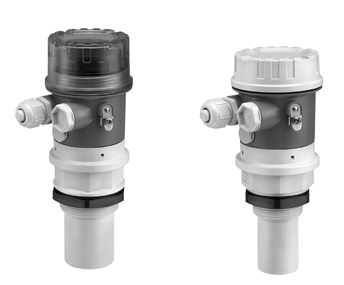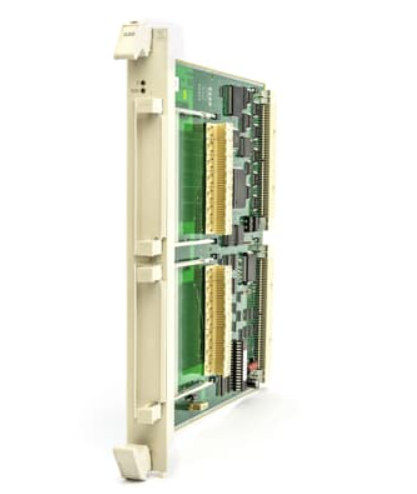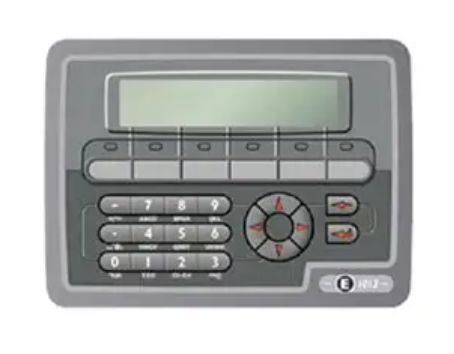ABB NSTM01 Station Interface
Basic information
Model and name: ABB NSTM01 Station Interface, a station interface device that plays a key connecting role in industrial automation systems and is mainly used to realise communication and interaction between different devices.
Series: As part of the ABB industrial automation equipment series, it works with other modules in the same series (such as various I/O modules, controllers, etc.) to build a complete automation system architecture.
Application Scenarios: Widely used in factory automation production lines (e.g., automobile manufacturing, machining, electronic assembly, etc.), process control systems (e.g., chemical, pharmaceutical, electric power, etc.), intelligent building automation systems (e.g., HVAC systems, lighting systems, lift systems, etc.), etc., it provides interface support for the exchange of information between the various devices in the system.
Functional features
Communication Interface Function
Multiple interface types support: Equipped with multiple communication interfaces, such as Ethernet interface, serial interface (RS-232, RS-485, etc.). Ethernet interface can achieve high-speed data transmission, suitable for connecting the upper computer system, monitoring equipment, etc. It supports a variety of industrial Ethernet protocols, such as TCP/IP, UDP, etc., and can conveniently transmit data to the remote monitoring centre or other network devices; serial interface can be used to connect some traditional or less demanding communication rate devices, such as some old models of sensors and actuators, etc.
Protocol conversion capability: capable of communication protocol conversion. In the industrial automation system, different devices may use different communication protocols, NSTM01 can convert the data of one protocol to another protocol, enabling communication between devices with different protocols. For example, NSTM01 can convert the Modbus protocol data adopted by device A to Profibus protocol data supported by device B, so as to realise the information interaction between device A and device B.
Device Connection and Management Functions
Device Access Capability: Provides multiple device connection ports to simultaneously connect multiple field devices, such as PLCs (Programmable Logic Controllers), I/O modules, and smart meters. Through these connection ports, field devices can be effectively integrated into the automation system to achieve centralised management and control. For example, in a chemical process control system, multiple devices such as temperature sensors, pressure sensors, and regulating valves can be connected.
Device Identification and Configuration Management: With the device identification function, when a new device is accessed, it can automatically identify the type and model of the device and other information, and configure the device accordingly. You can set the device parameters, such as communication baud rate, data format, etc., through the software tool or its own configuration interface, which is convenient for users to manage the connected devices.
Data processing and forwarding function
Data Acquisition and Integration: Collect data from the connected devices, integrate and pre-process these data. For example, for temperature data collected from multiple sensors, data filtering, unit conversion and other operations can be performed to convert the data into a unified format and standard, which is convenient for subsequent processing and analysis.
Data forwarding and sharing: forward the processed data to other devices or systems that need it. The data can be sent to the specified target equipment according to the preset rules or user's instruction, such as sending the operation status data of a certain equipment on the production line to the upper computer system in the monitoring room to achieve data sharing for real-time monitoring and analysis and decision-making.
Diagnostic and monitoring functions
Communication status monitoring: real-time monitoring of the status of each communication interface, including whether the connection is normal, whether there is any error in data transmission, whether the communication rate is stable and so on. When there is a communication fault, it can send out an alarm signal in time to remind the user to deal with it. For example, if the Ethernet interface is disconnected or network congestion occurs, it will flash through the indicator or send fault information to the monitoring system to alert the user.
Device Status Monitoring: Monitor the status of the connected devices, such as whether the device is online, the working mode of the device, and whether the device is faulty. By collecting the status information of the devices, you can discover the abnormal situation of the devices in time and take corresponding measures, such as restarting the devices remotely, adjusting the parameters of the devices, and so on.
Technical Parameters
Electrical parameters
Working voltage range: the working voltage is generally DC voltage, the range may be around 18V - 30V DC, so that it can adapt to the common power supply situation in the industrial field, to ensure that the unit can work stably under different power conditions.
Power Consumption: Power consumption varies according to its operating status and configuration, usually between a few watts and a dozen watts. The power consumption may increase when carrying out a large number of data transmission and device connection tasks, but it is generally controlled within a reasonable range to ensure long-term stable operation in industrial environments.
Communication parameters
Ethernet Interface Characteristics: The Ethernet interface rate is generally 10/100Mbps or 1000Mbps (depending on the product model), supports full-duplex/half-duplex communication modes, and complies with the IEEE 802.3 standard. IP address, subnet mask and other network parameters can be set to adapt to different network environments.
Serial Interface Characteristics: For RS-232 interface, the communication rate is generally 1200bps - 115200bps, the data bit can be 7 bits or 8 bits, the stop bit can be 1 bit, 1.5 bits or 2 bits, the parity bit can be set; the communication rate of RS-485 interface is usually in a certain range (such as 9600bps - 19200bps), supports multi-point communication, and can connect up to multiple nodes (the specific number of nodes). Up to several nodes can be connected (the exact number depends on the product design).

- User name Member Level Quantity Specification Purchase Date
- Satisfaction :
-









Email:wang@kongjiangauto.com

